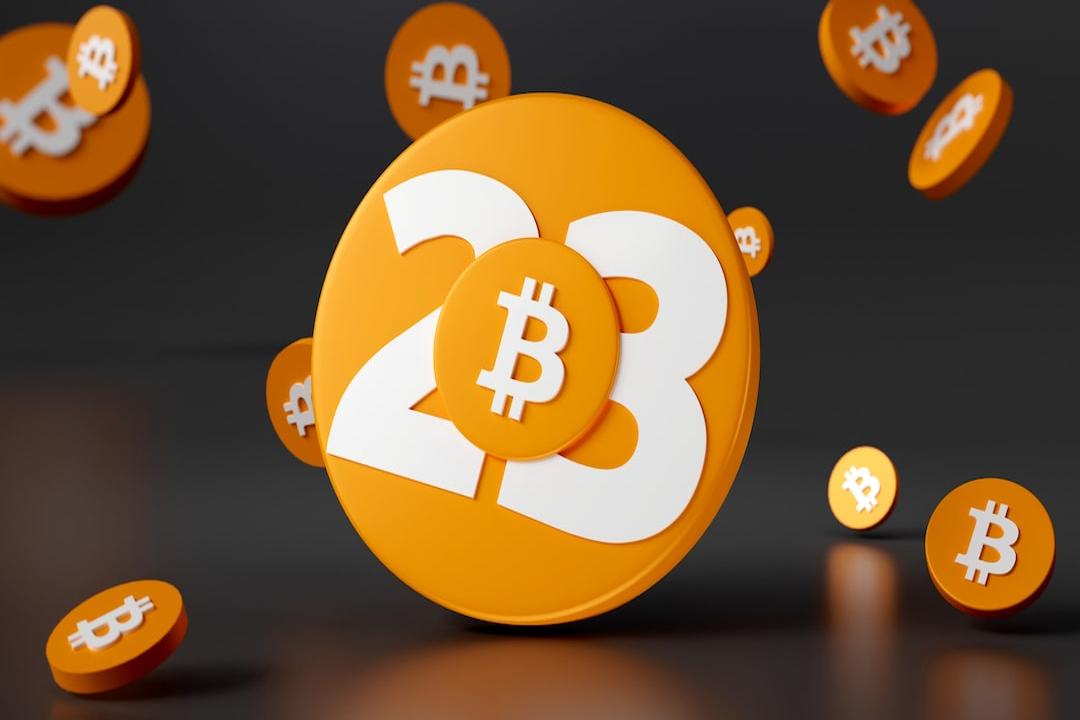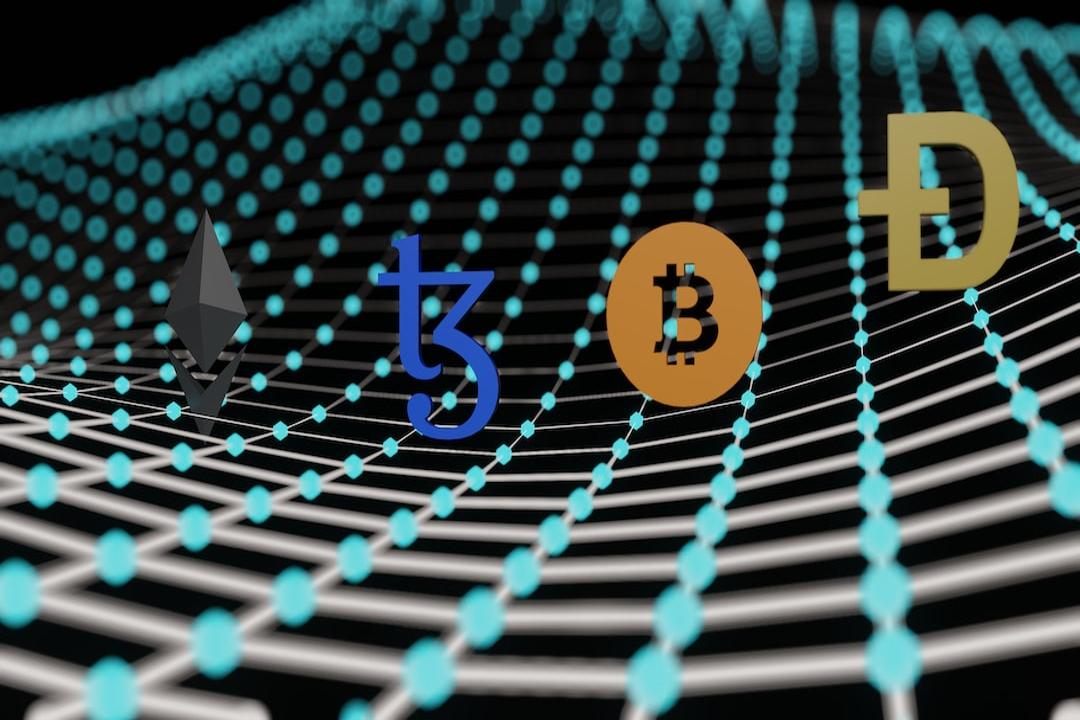Source: Token Dispatch, Article by Prathik Desai, Organized, Edited and Written by Block Unicorn
(Background: Bitcoin ETF sees net inflows for four consecutive days, is institutional “smart money” positioning or a hidden “bull trap”?)
(Additional Context: Ethereum ETF Sounds the Alarm: Asset Management Scale Hits “Historic Lows,” Over $1.1 Billion Outflow in Seven Weeks)
Introduction
Last week, Paul Atkins was sworn in as the 34th Commissioner of the U.S. Securities and Exchange Commission (SEC), taking on the heaviest workload in SEC history regarding cryptocurrency: over 70 cryptocurrency exchange-traded fund (ETF) applications awaiting review. Within just three days of taking office, Atkins faced some of his first major cryptocurrency decisions, delaying rulings on multiple ETF proposals until June.
These delays were not unexpected. However, they underscore the formidable task faced by this new, crypto-friendly commissioner. Interestingly, while the altcoin ETF craze is gaining momentum, funds tracking the second-largest cryptocurrency—Ethereum—are losing money at an astonishing pace. Nonetheless, fund companies continue to race to apply for a variety of ETFs. From established altcoins like Solana and XRP, to meme coins like Dogecoin, Penguin, and even TrumpCoin, Atkins’ work is facing significant challenges.
This contrast raises an intriguing question: If Ethereum’s experience provides such a troubling precedent, why are altcoins still rushing to apply for ETFs?
ETF Applications Pile Up
Asset management companies have submitted ETF applications for at least 15 cryptocurrencies beyond Bitcoin and Ethereum. Grayscale alone has applied for funds tracking Solana, Cardano, XRP, Dogecoin, Litecoin, and Avalanche. Bitwise hopes to gain approval for ETFs based on Dogecoin and Aptos, while Canary Capital has been particularly aggressive, submitting applications for Hedera, Penguin, and Sui, and recently filed for a staking-based TRX (TRON) product, even including a yield generation feature.

First, a Basic Question: Why Apply for an ETF?
Bloomberg ETF analyst Eric Balchunas recently posted, “Turning your cryptocurrency into an ETF is like a band putting its song on all music streaming services. While it doesn’t guarantee anyone will listen, it gets your music in front of the vast majority of listeners.”
In simple terms, this means providing better accessibility to investors and achieving broader adoption through fund companies.
The impact of this issue goes beyond the cryptocurrency space, involving the complexities of politics—specifically, politics involving U.S. President Donald Trump. Trump’s media and technology group recently announced plans to invest up to $250 million in cryptocurrency-related ETFs.
The Ethereum ETF Dilemma
The timing of these ETF application waves is particularly puzzling, as they coincide with Ethereum ETFs experiencing a crisis of investor confidence. As of April 18, Ethereum ETFs have seen seven consecutive weeks of outflows, totaling over $1.1 billion. As of April 11, the assets under management plummeted to $5.24 billion, setting a historic low since these products were launched in July 2024.

This struggle stands in stark contrast to Bitcoin ETFs, which, despite market volatility, recorded nearly $1 billion in inflows each on Thursday and Friday last week, pushing Bitcoin’s price back up to $95,000.
For altcoin investors hoping to get into Ethereum ETFs, Ethereum’s experience raises an unsettling question: If the second-largest cryptocurrency by market capitalization cannot sustain investor interest in an ETF wrapper, what hope is there for less mature tokens?
Lessons from Ethereum
Beyond the numbers, the story of Ethereum ETFs touches on some fundamental issues that altcoin ETF investors must seriously consider if they want to avoid the same fate.
First, there’s the issue of fee structures, with Grayscale’s ETHE being a prime example. When competitors like BlackRock offer similar investment opportunities at one-tenth the price, its 2.5% annual fee is clearly unsustainable.
This fee discrepancy creates a mathematical inevitability—over time, high-fee products will underperform relative to lower-fee products tracking the same asset. This is especially crucial for investors planning to hold for the long term.
Second is the increasingly complex value proposition of Ethereum. While Bitcoin benefits from its straightforward “digital gold” positioning, Ethereum’s value proposition encompasses a smart contract platform, the settlement layer for DeFi, the backbone for NFT markets, and a potential yield-generating asset through staking—none of which are features present in the current Ethereum ETFs.
This complexity creates marketing challenges. When financial advisors cannot easily explain the investment rationale to clients in a sentence or two, adoption suffers. Bitcoin’s simplicity easily wins out in this battle.
The third issue is the SEC’s cautious stance on staking. By prohibiting Ethereum ETFs from including staking rewards, regulators stripped away a differentiating feature. This contrast became particularly apparent when Canary Capital recently applied for a staking-based TRX ETF, indicating that some issuers are attempting to overcome this limitation.
Why Still Bet on ETFs?
Despite Ethereum ETFs’ concerning performance, the wave of altcoin ETF applications shows no sign of slowing down. This apparent contradiction is driven by several powerful factors, which overshadow the direct concerns raised by Ethereum’s predicament.
The most important catalyst is the “Atkins Effect.” Paul Atkins’ appointment marks a dramatic shift from Gary Gensler’s tenure, which was viewed as a period of regulatory hostility toward the cryptocurrency industry.
Atkins, known for his support of innovation and a history of favoring market-driven solutions, has provided issuers with unprecedented opportunities: a feasible approval pathway.
Data supports this optimism. Bloomberg analysts estimate that the approval chances for assets like Solana, Litecoin, and XRP are between 75% and 90%.

Atkins’ leadership has effectively opened a regulatory window that asset management companies are rushing to capitalize on, lest it close.
Institutional demand provides another compelling reason for the ETF boom. According to a report from Coinbase and EY-Parthenon in March 2025, about 83% of institutional investors plan to increase their cryptocurrency allocations this year, with many aiming to invest over 5% of their assets into it.
Each altcoin offers a differentiated value proposition that may resonate more with institutional investors than Ethereum’s complex narrative.
Solana’s ultra-fast transactions and growing DeFi ecosystem provide a clear efficiency story. XRP’s focus on cross-border payments offers a more tangible use case, easier to explain to institutional investors. Hedera’s enterprise adoption gives it a business credibility lacking in pure retail cryptocurrencies.
The growth potential of smaller market-cap cryptocurrencies also provides issuers with a compelling argument.
While Bitcoin and Ethereum may offer stability, their trillion-dollar market caps limit their upside. If mid-market altcoins gain mainstream adoption, they could deliver more significant returns, attracting growth investors who missed out on Bitcoin’s early gains.
Potential Market Impact
The most direct impact will be capital flows. JPMorgan analysts predict that just the Solana ETF could attract $3-6 billion in funds in its first year, with XRP potentially drawing in $4-8 billion. These capital flows could significantly affect token prices and market dynamics.
By contrast, the entire spot Ethereum ETF market currently holds around $5.27 billion in assets. If two or three major altcoin ETFs reach these forecasts, they could collectively surpass the Ethereum ETF in size within a few months of launch, creating a significant market recalibration and triggering a major market adjustment.
However, there is a risk of diluting assets as institutional capital is spread across multiple cryptocurrency ETFs.
This could dilute institutional interest in any single product. The surge in applications could result in asset management sizes that fail to reach critical mass for all altcoin ETFs, thus diminishing their appeal to institutional portfolios.
For retail investors, the effects are twofold. On one hand, ETFs offer regulated, safe cryptocurrency exposure without the challenge of self-custody. On the other hand, ETF investors face increasing premiums (via management fees and potential tracking errors), meaning their investment returns might consistently lag behind those of direct holders of the underlying assets.
If large amounts of altcoins are locked in ETFs, the circulating supply could decrease, potentially amplifying volatility in the underlying spot markets.
Our View
As Ethereum struggles, the gold rush for altcoin ETFs reveals that the power of narratives outweighs performance. Everyone is caught in an ironic phenomenon: people flock to altcoins, even as Ethereum, one of the pioneers, continues to lose value. What they need to focus on is not replicating Ethereum’s ETF but learning from its failures.
Smart issuers are already planning different routes. Canary Capital’s staking-based TRX application is the most obvious evidence of this strategic shift. By introducing staking rewards—something Ethereum ETFs lack—they are addressing the core structural flaws that led to significant outflows from Ethereum in recent weeks.
The “Atkins Effect” merely provides the opportunity.
The catalyst is the realization that Ethereum ETFs failed not because they were ETFs, but because they couldn’t replace native Ethereum. When investors compare the 2.5% fee of ETHE with no staking rewards against holding Ethereum directly, the decision becomes mathematically clear.
Analysts’ forecasts for altcoin ETFs suggest that this is not mere blind optimism. These forecasts imply that specific altcoins with clearer value propositions are poised for success where Ethereum’s complex narrative faltered.
The ultimate big winner may be small-cap tokens with the greatest growth potential. Bitcoin and Ethereum’s trillion-dollar valuations limit their upside, but precisely targeted altcoin ETFs may provide institutional investors with the growth multiples they crave.
Ethereum ETFs will not serve as a cautionary tale; rather, they may become a sacrificial pioneer, paving the way for a more successful second wave. The failure of Ethereum ETFs today will not prove that cryptocurrency ETFs do not work; rather, they will be the necessary market feedback to make the next generation operate better.



